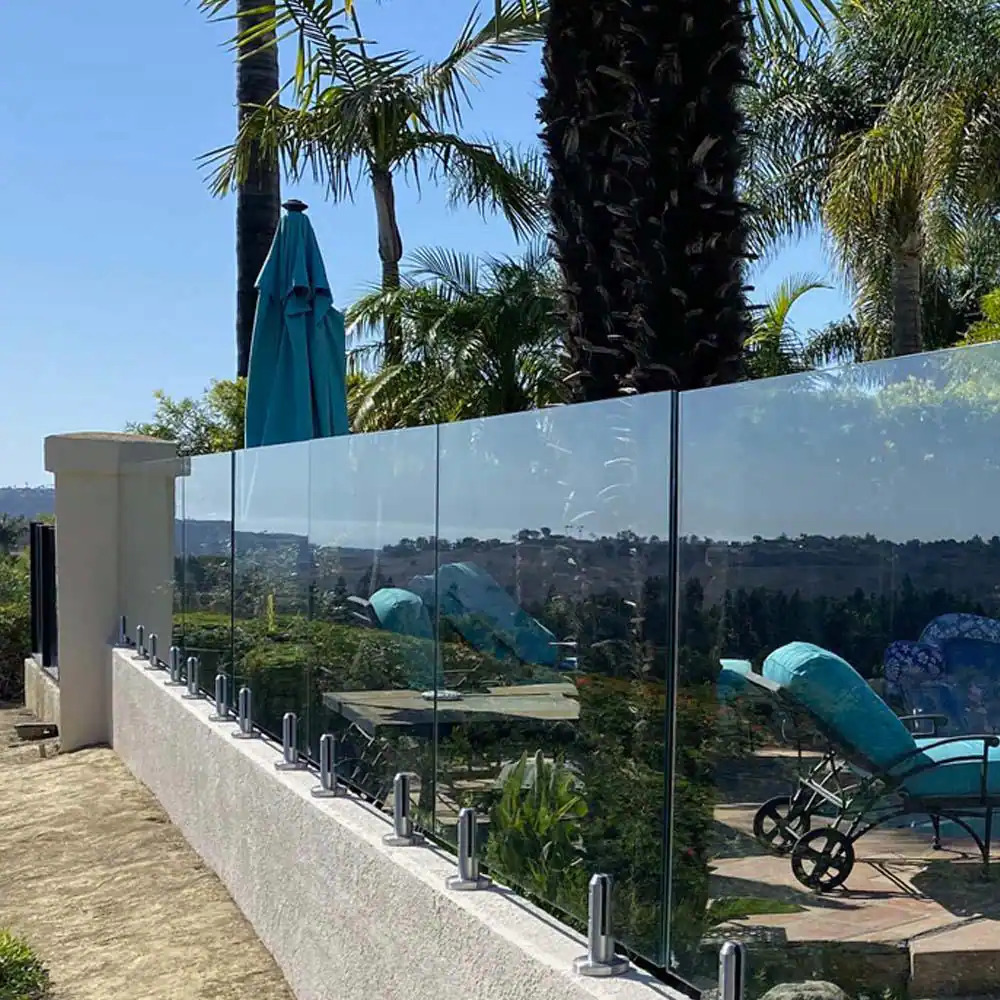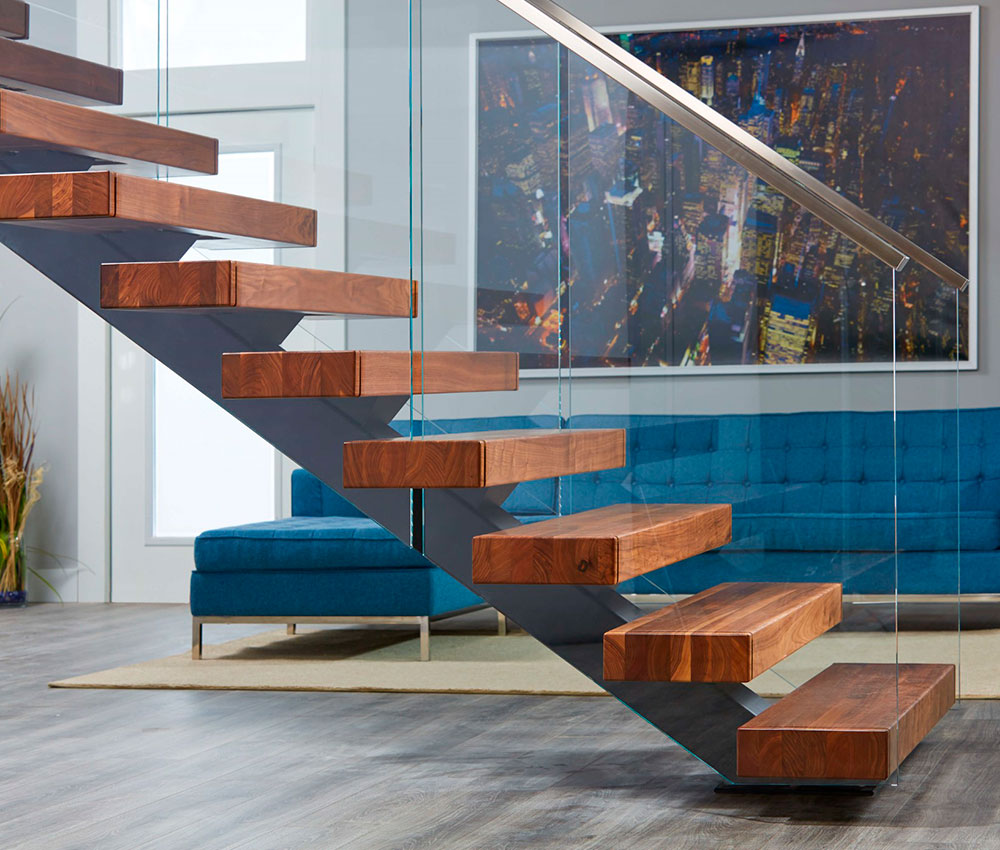The many uses of glass railings
Glass railings, also known as glazed balustrades, glass guardrails, glass balustrades, glass railings or glass banisters, have become highly prized architectural elements in many construction projects. Thanks to their transparency and aesthetic appeal, they can be used to play with perceptions and perspectives, while ensuring the safety of users.

Use in private buildings
In single-family homes and private residences, glass balustrades are becoming increasingly popular, as they allow you to make the most of your home. Their transparency optimizes natural lighting and brightness in living areas such as the lounge or dining room.
Installed around terraces, balconies or mezzanines, glass balustrades totally preserve views of the outside world: the garden, the pool or the surrounding landscape. Unlike opaque railings, they create no visual break and maintain the feeling of space, giving the impression that rooms extend outwards.
This aesthetic advantage is accompanied by real functional benefits. Glass balustrades create an effect of visual lightness that perfectly enhances living spaces. They blend harmoniously with the architectural style of the house, emphasizing its lines. Their discreet fastening by gluing or invisible metal profiles contributes to this uncluttered effect.
Use in public spaces
In public places such as museums, shopping malls or administrative buildings, glazed railings are commonly used. They are used to secure high traffic areas without obstructing views, particularly on staircases, landings and balconies.
Their uncluttered character is perfectly suited to the contemporary architectural codes of these places frequented by the general public. Thanks to their transparency, glass balustrades also enhance the spaces and works on display, while ensuring perfect overall visibility.
Use in ERP
Establishments open to the public (ERP) are subject to stricter safety and accessibility standards. Glass railings are often chosen by architects to meet these requirements, while maintaining a clean, contemporary style.
Their strength and impact resistance are regularly tested to validate their use for securing different types of high spaces, such as bleachers, boxes, balconies or passageways. Their installation must comply with certain rules to ensure the comfort and safety of users, while allowing easy evacuation in emergency situations.
Use for PRM accessibility
Accessibility for all has become a major issue in building construction and renovation. With this in mind, glass ramps offer numerous advantages when it comes to creating safe circulation systems to PMR (Personnes à Mobilité Réduite) standards.
Their transparency makes it possible to include these features in a discreet, uncluttered way, without visually cutting off the fitted area from adjacent spaces. Unlike opaque balustrades, glass railings do not create a barrier for users, and preserve the overall perception of the environment.
Glass balustrades provide safe guidance for PRMs, while maintaining their visual autonomy in the spaces they pass through. Their sturdiness and impact resistance have been tested to meet the more stringent safety standards associated with accessibility.

